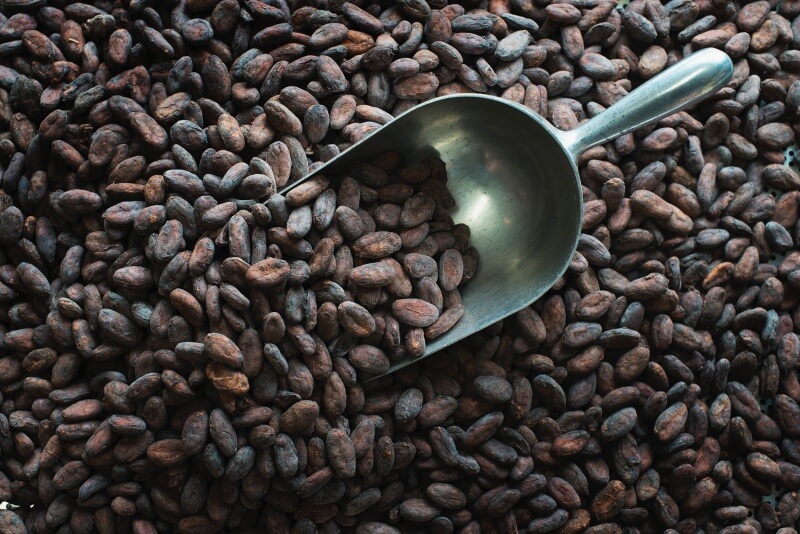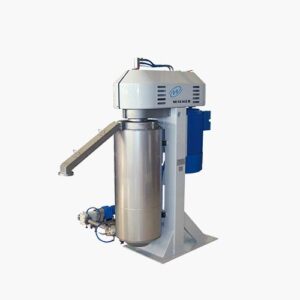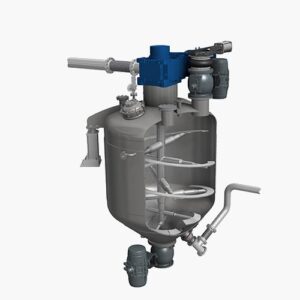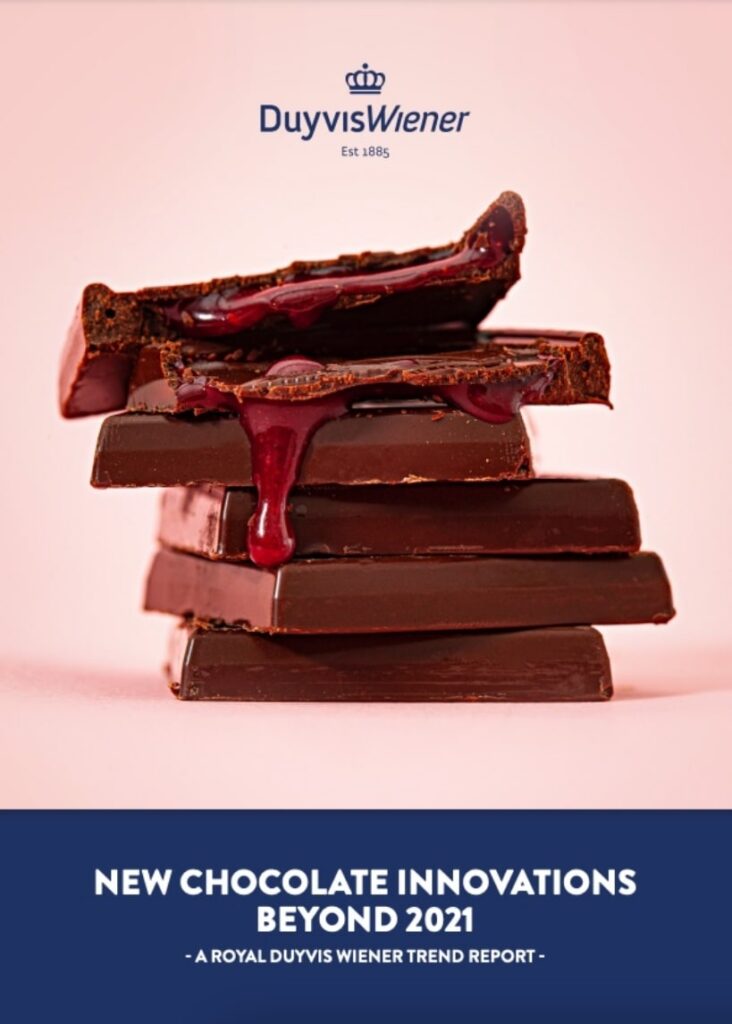
Download our free whitepaper
"New chocolate innovations 2022 and beyond"
In a fast-paced global market, it’s difficult to keep up with today’s everchanging consumer tastes and demands and there are many local and global drivers that are influencing these changes. Brands that stay head lead by emulating credibility, being contemporary and innovative.
The cocoa tree: Where it all began
Cocoa beans come from the cacao tree, which grows in tropical regions such as Central and South America, Africa, and North America. The cacao tree produces fruit known as cocoa pods, which contain 20 to 50 seeds, also called cocoa beans. These cocoa beans are the raw materials used in the cocoa industry.
Cocoa bean processing begins with the harvest of the cocoa pods, which are usually cut from the tree using machetes. After harvesting, the pods are split open to reveal the cocoa beans. The beans are then scooped out of the pods and placed in baskets or containers for transportation to the processing facility.
Fermentation process
Once the cocoa beans arrive at the processing facility, they undergo a fermentation process that is essential in developing the characteristic flavors of chocolate. Fermentation involves placing the beans in heaps or boxes and allowing them to ferment naturally for three to seven days.
During fermentation, the beans produce heat and release moisture, which leads to the breakdown of the pulp surrounding the beans. The fermentation process is also essential in developing the chocolate flavor by breaking down bitter compounds and developing desirable flavors and aroma.
Our latests chocolate machinery innovations
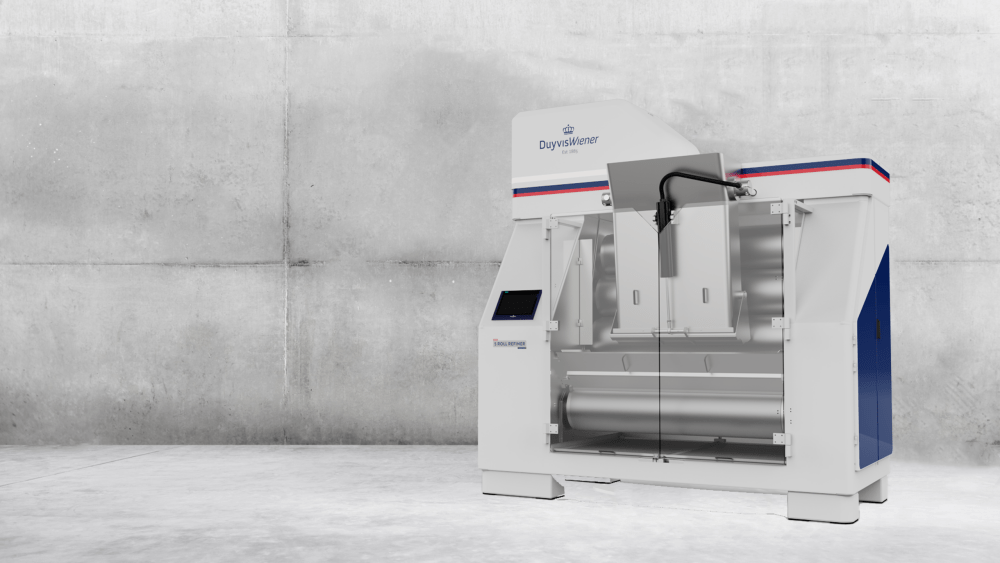
Thouet 5 Roll Refiner
Royal Duyvis Wiener has strong roots in traditional chocolate processing with the Thouet brand. Their passion for the product combined with smart customer-driven engineering solutions made the fundament for the new 5 Roll Refiner, which will be available in January 2023. In addition to delivering on the high product standards you would expect from your

Roaster Showcase
In 2022, we hosted our first Roaster showcase in the factory of Koog aan de Zaan whichallowed us to showcase the Alkalizer, Drum Roaster, and Cooler. An amazing occasion toshare our expertise and innovations with our customers. In addition, customers could learn about the specific benefits of Royal Duyvis Wiener’s Batch Nib Alkalizer, Roaster, and Cooler
How does the drying process work?
After fermentation, the cocoa beans are spread out on drying trays or mats to dry in the sun. The drying process can take up to two weeks and is crucial in preventing mold growth and preserving the flavor of the cocoa beans.
During drying, the beans lose moisture, and the flavors continue to develop. The drying process is complete when the moisture content of the beans is reduced to about 7%.
The roasting process
Roasting is the next critical step in cocoa bean processing, as it is responsible for developing the chocolatey flavor and aroma. Roasting involves heating the beans in an oven or roasting machine at a temperature between 110°C to 150°C.
Roasting can be done using two methods: batch roasting and continuous roasting. Batch roasting involves roasting small batches of cocoa beans, while continuous roasting involves roasting large quantities of beans using a conveyor system.
The roasting process leads to the development of aromatic compounds and the darkening of the beans. The degree of roasting determines the flavor profile of the cocoa beans, and different roasting levels can produce complex flavors and aroma.
Blending process
After roasting, the cocoa beans are cooled, and the outer shell, known as the husk or shell, is removed from the beans. The beans are then broken down into smaller pieces called cocoa nibs.
The nibs are ground into a paste called cocoa liquor, which contains both cocoa solids and cocoa butter. The cocoa liquor is then further processed to extract the cocoa butter, leaving behind cocoa solids. The cocoa solids can be ground further into cocoa powder, which is used in the production of chocolate products.
The final step in cocoa bean processing is the blending process, which involves combining different cocoa bean samples to achieve a consistent flavor and aroma in the finished chocolate product. The blending process is essential in ensuring the organoleptic quality and control over taste.
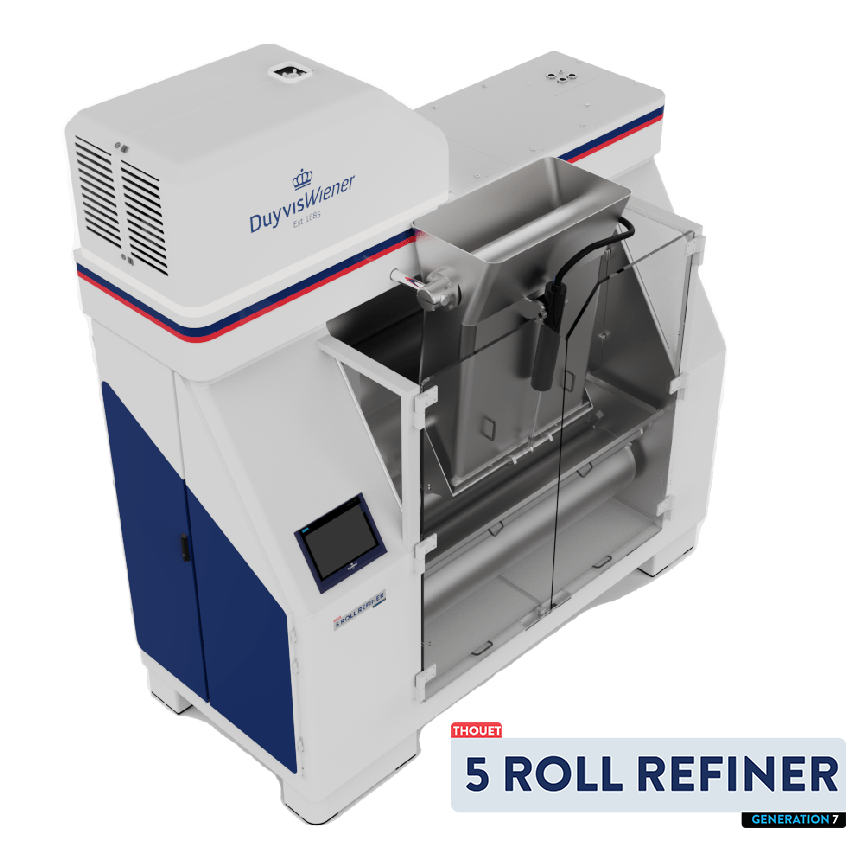
Explore our newest 5 Roll Refiner
“The smart design of this machine allows universal roll management. Do you have main brand rolls and gears in your warehouse? Not to worry, all main brand rolls and gears can be fitted into this machine with the service you’re used to from Royal Duyvis Wiener technical support engineers”
What are the components of chocolate and cocoa products?
Cocoa beans are the primary raw material used in the production of chocolate products. The components of chocolate include cocoa liquor, cocoa butter, sugar, and milk powder (in the case of milk chocolate). The quality of chocolate products is dependent on the quality of the raw materials used in the production process.
- Cocoa liquor: Cocoa liquor is the result of grinding cocoa nibs into a paste. It contains both cocoa solids and cocoa butter and is used in the production of dark chocolate.
- Cocoa butter: Cocoa butter is a natural fat present in cocoa beans. It has a unique melting point, which makes it a suitable ingredient for chocolate products. It is used to give chocolate products their smooth texture and shiny appearance.
- Sugar: Sugar is used in chocolate products to provide sweetness and balance the bitterness of cocoa. Different types of sugar can be used, such as granulated sugar, powdered sugar, or liquid glucose.
- Milk powder: Milk powder is added to chocolate products to create milk chocolate. It provides a creamy texture and a sweet flavor.
What are the types of cocoa powder?
Cocoa powder is produced by grinding cocoa solids into a fine powder. There are three types of cocoa powder, each with varying levels of fat content.
- Low-Fat Cocoa Powder: Low-fat cocoa powder is produced by pressing cocoa solids to remove the cocoa butter. It has a low-fat content and is commonly used in baking.
- Medium-Fat Cocoa Powder: Medium-fat cocoa powder is produced by partially defatted cocoa solids. It has a higher fat content than low-fat cocoa powder and is commonly used in the production of chocolate milk and ice cream.
- High-Fat Cocoa Powder: High-fat cocoa powder is produced by pulverizing cocoa solids with added cocoa butter. It has a high-fat content and is commonly used in the production of chocolate drinks and desserts.
Dutch process cocoa
Popular cocoa processing machinery
Innovative cocoa processing solutions
As the demand for cocoa products continues to grow, cocoa bean processing plants are constantly looking for innovative solutions to improve efficiency and maintain quality. Several new technologies have emerged in recent years that aim to streamline the cocoa bean processing process while reducing waste and energy consumption.
One such technology is the use of acetic acid during the fermentation process. Acetic acid has been shown to increase the production of lactic acid bacteria, which are essential in developing the flavor and aroma of cocoa beans.
Another innovative technology is the use of alternative methods to convection roasting. For example, a fluidized bed roaster uses hot air to roast cocoa beans, resulting in a more even roast and reduced energy consumption.
Conclusion
Cocoa bean processing is a complex process that needs a lot of love and care from the chocolate producer. The process involves several stages, including fermentation, drying, roasting, and blending. Each stage is essential in developing the characteristic flavors and aroma of chocolate products.
The quality of chocolate products is dependent on the quality of the raw materials used in the production process. The type of cocoa powder used also plays a significant role in the flavor and texture of the final product. The industry continues to evolve, with new technologies and sustainable farming practices emerging to ensure the availability of high-quality cocoa products. With a focus on innovation and quality, the chocolate industry will continue to delight chocolate lovers for years to come.
Related posts

Cocoa bean: Butter production, applications & benefits
Discover the advantages and applications of cocoa butter. This butter is a versatile and popular ingredient in both the food and beauty industries. This pale yellow vegetable fat extracted from cocoa beans is renowned for its unique aroma reminiscent of chocolate and its smooth texture. Cocoa butter is an important component in chocolate-making, and it
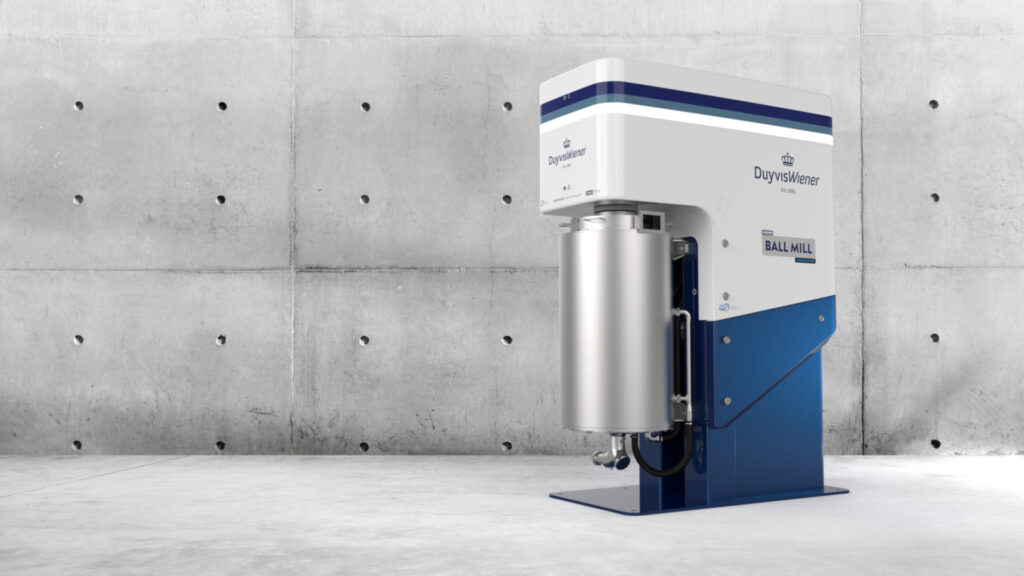
Why ball mill grinding is important for delicious chocolate
Learn about ball mill grinding and how it is used in the chocolate production industry. Discover the advantages and components of ball mills, and get to know more about the different types, materials, and processes involved. Ball mill grinding process Ball mill grinding is a critical process in the chocolate production industry. It involves crushing

Understanding the cocoa bean fermentation process
Did you know that the quality and flavor of chocolate depend on the fermentation process of cocoa beans? The cocoa bean fermentation step is crucial in the chocolate production process, and it affects the taste, texture, and aroma of chocolate. In this article, we will explore the microbiology of cocoa fermentation, the role of acetic

Everything you need to know about the cocoa nibs grinder
Chocolate is an indulgent treat that has been enjoyed by many for centuries. Whether you are a chocolate manufacturer or a craft chocolate entrepreneur, you understand the importance of the cocoa nibs grinder in the chocolate making process. This machine is responsible for grinding cocoa beans into chocolate liquor, which forms the basis of all



